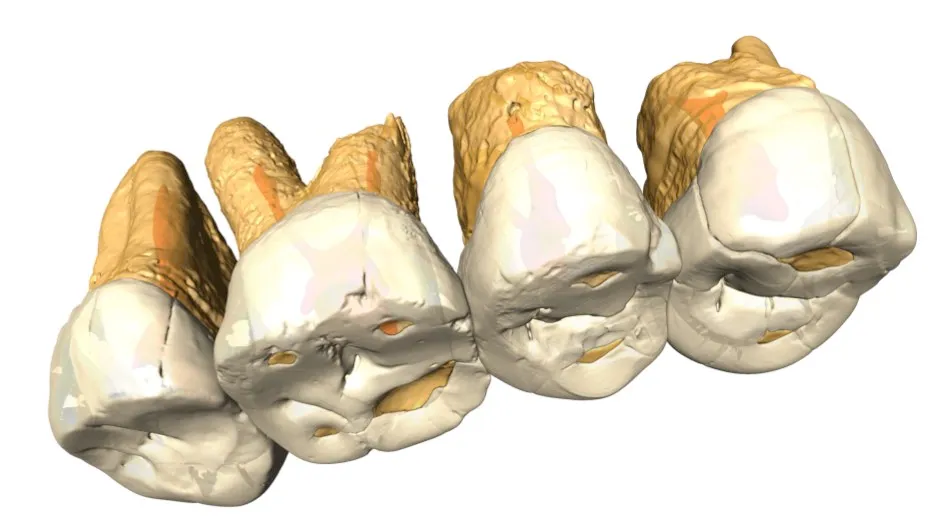A new species of tiny hominin has been discovered in the Philippines, adding a twist to our understanding of human evolution.
The early human, called Homo luzonensis, was identified from fossilised remains found in Callao Cave on Luzon Island. The international research team found at least two adults and one juvenile, which are thought to be more than 50,000 years old. They would have existed at the same time as other human species, including Neanderthals, Homo sapiens and Denisovans.
Read more:
According to the study co-author, Prof Philip Piper from The Australian National University (ANU), this discovery offers a major breakthrough in our understanding of how humans evolved in Southeast Asia.
“The fossil remains included adult finger and toe bones, as well as teeth. We also recovered a child’s femur. There are some really interesting features – for example, the teeth are really small,” Piper said. “The size of the teeth generally, though not always, reflect the overall body-size of a mammal, so we think H. luzonensiswas probably relatively small. Exactly how small we don’t know yet. We would need to find some skeletal elements from which we could measure body-size more precisely.”

There are still a lot of questions about the origins of H. luzonensis. But previous excavations near Callao Cave have revealed a butchered rhinoceros and ancient stone tools, dating back to 700,000 years ago.
“No hominin fossils were recovered, but this does provide a timeframe for a hominin presence on Luzon. Whether it was H. luzonensisbutchering and eating the rhinoceros remains to be seen,” Prof Piper said.
Previous excavations in the Philippines have uncovered the famous 1.1-metre-tall H. floresiensis, also known as ‘the hobbit’, which was found on the island of Flores. Additionally, 200,000-year-old stone tools have been identified on Sulawesi, suggesting that ancient humans may have occupied large swathes of the region.
